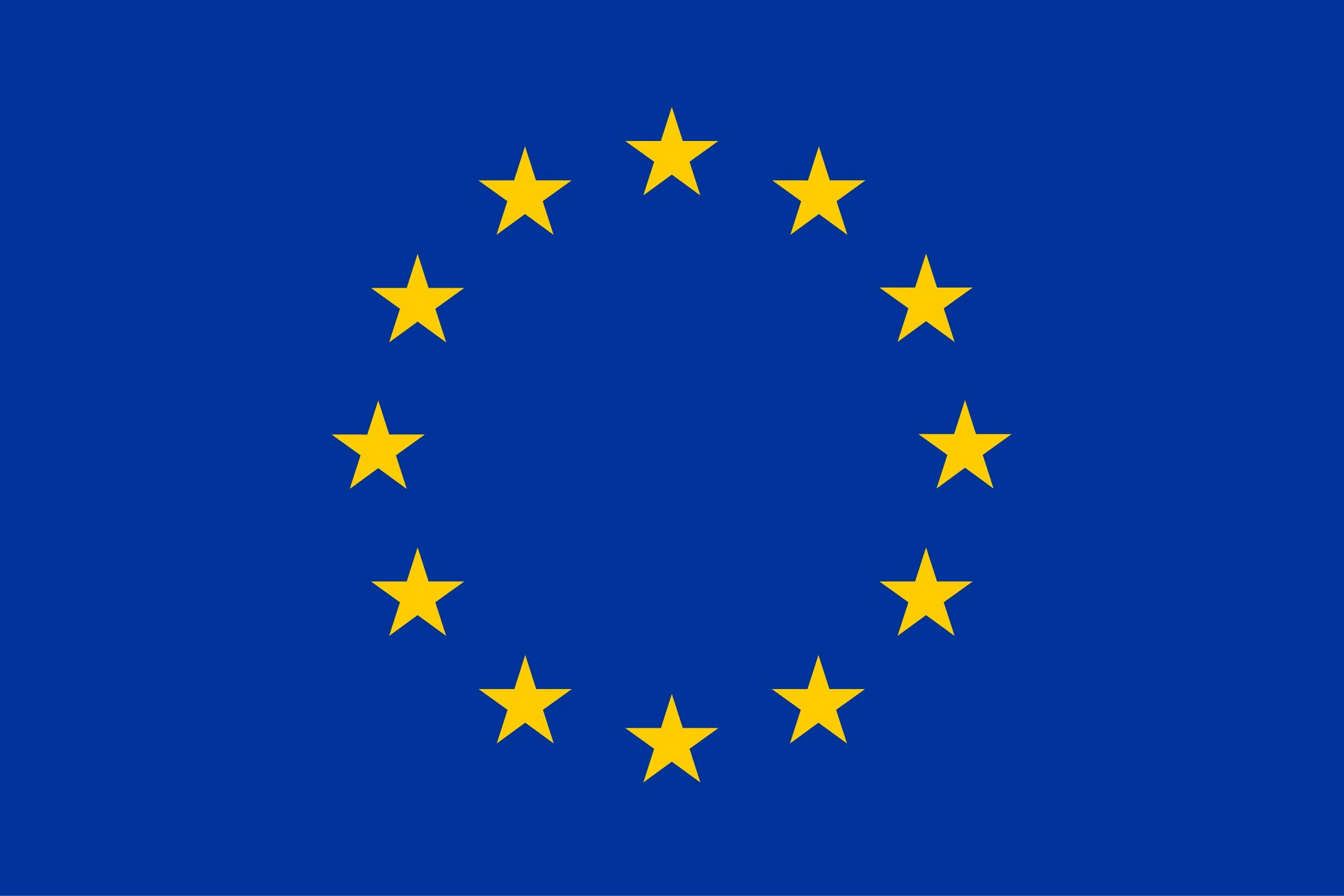

Regarding resolution, I’ve been using my S21 Ultra at FHD quality (2400x1080) since I got it and it has a significantly large screen. I don’t see a point in higher resolutions but I definitely appreciate higher refresh rates. Makes it feel smoother and more responsive.


Hah, jokes on them, I managed to fuck my earbuds’ microphones so they’re useless now.